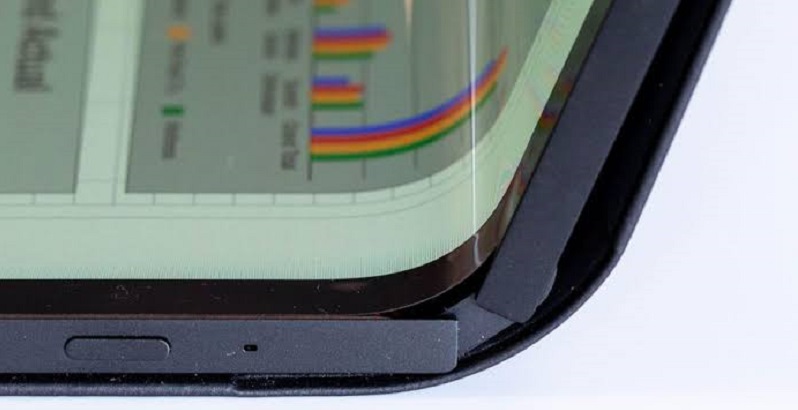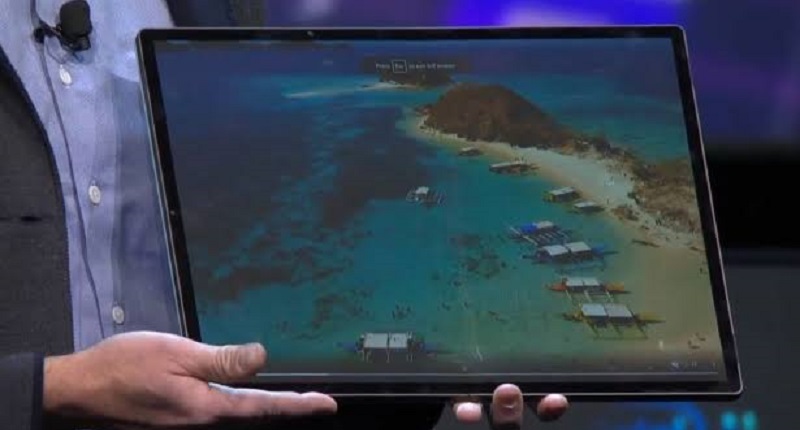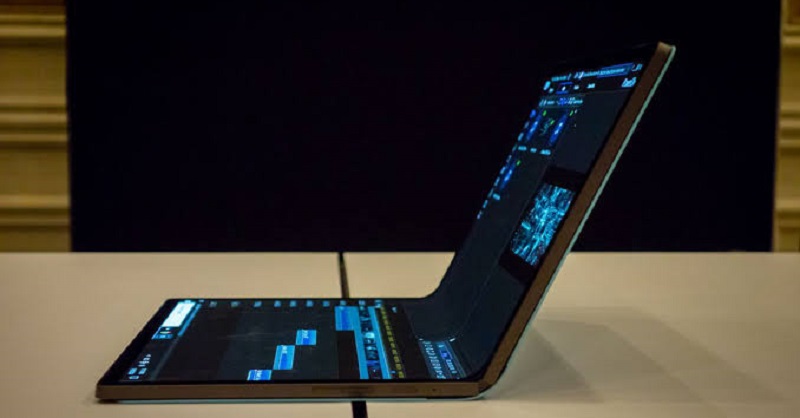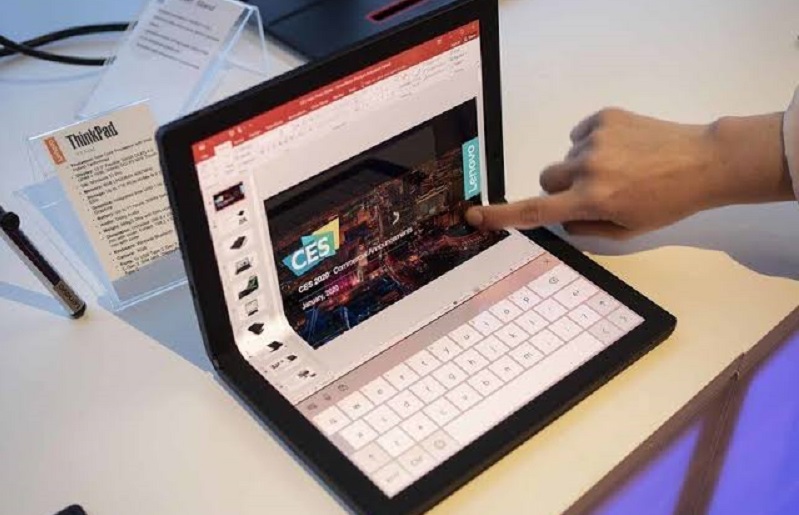
We know the era of foldable phones is upon us with Samsung and Huawei both committed to pushing this technology in certain devices, despite the problematic starts both have had thus far. It appears that the concept is heading to the laptop market too. And yes, while laptops have always had the ability to fold, the screen and keyboard were separate. What if the entire laptop was one big screen that could easily jump between being a large tablet to a functioning laptop?
Sound like a bit of a pipedream? Well, Lenovo has unveiled their new ThinkPad X1 Fold at CES 2020 which shows the concept in operation and could possibly give us a glimpse of what the future of laptops might look like. The company has revealed little about the specs of their new gadget, but functionally, its 13.3-inch 4:3 OLED panel with a 2048 x 1536 resolution looks pretty. The device will also come with a separate Bluetooth keyboard for those wanting to still get the clicky feeling of typing.
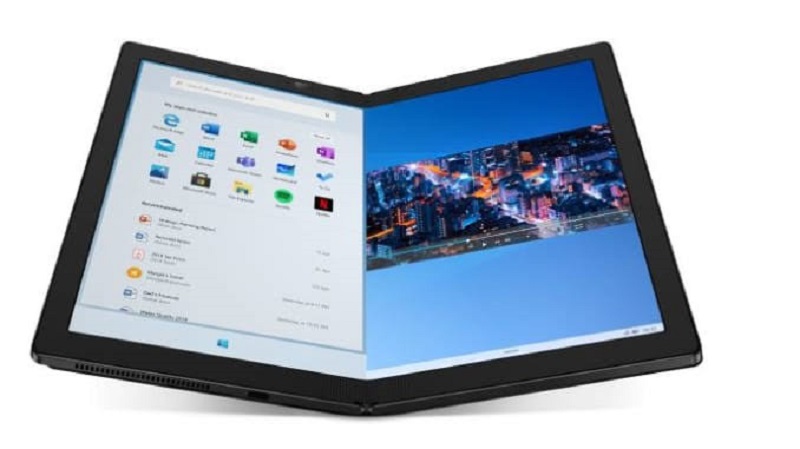
Does it solve the inherent problems of leaving a discernible crease down the middle of the screen like with Samsung’s phone? Well, apparently not though the display (developed by LG) apparently do a better job of it than Samsung’s current Galaxy Fold.
Don’t think that Lenovo’s experiment is just a one-off thing though as Intel themselves have also unveiled a foldable screen of their own with their new prototype Horseshoe Bend which is similar to the Lenovo concept except that it is a whole lot bigger with a 17.3-inch display that is arguably more practical.
Perhaps much like many people struggling to see a need for foldable phones outside the cool factor, that the same problem exists here, though both manufacturers argue that the increased real-estate makes things like browsing, looking at spreadsheets or even video editing so much easier with the ability to shift between different modes much more practical when looking at it from a business perspective. Something which I wholeheartedly agree with though I do still have my reservations about existing screen technology to achieve this. Technology has to start somewhere though, and I guess it’s plausible to think while it may not be perfect right now, in 3-5 years’ time, this could become the norm.
We’ve seen this concept also touted by Microsoft, though they have taken a different approach in creating a device with two separate screens that work together through a modified Windows OS rather than one big screen. While Microsoft approach is probably better from a maintenance and screen reliability perspective given the current issues with bending screens, it definitely doesn’t bring the cool factor that these devices have and with laptops not needing to fold as much as phones, the shelf-life for these screens may be more worthwhile. I guess only time will tell.
Last Updated: January 7, 2020

